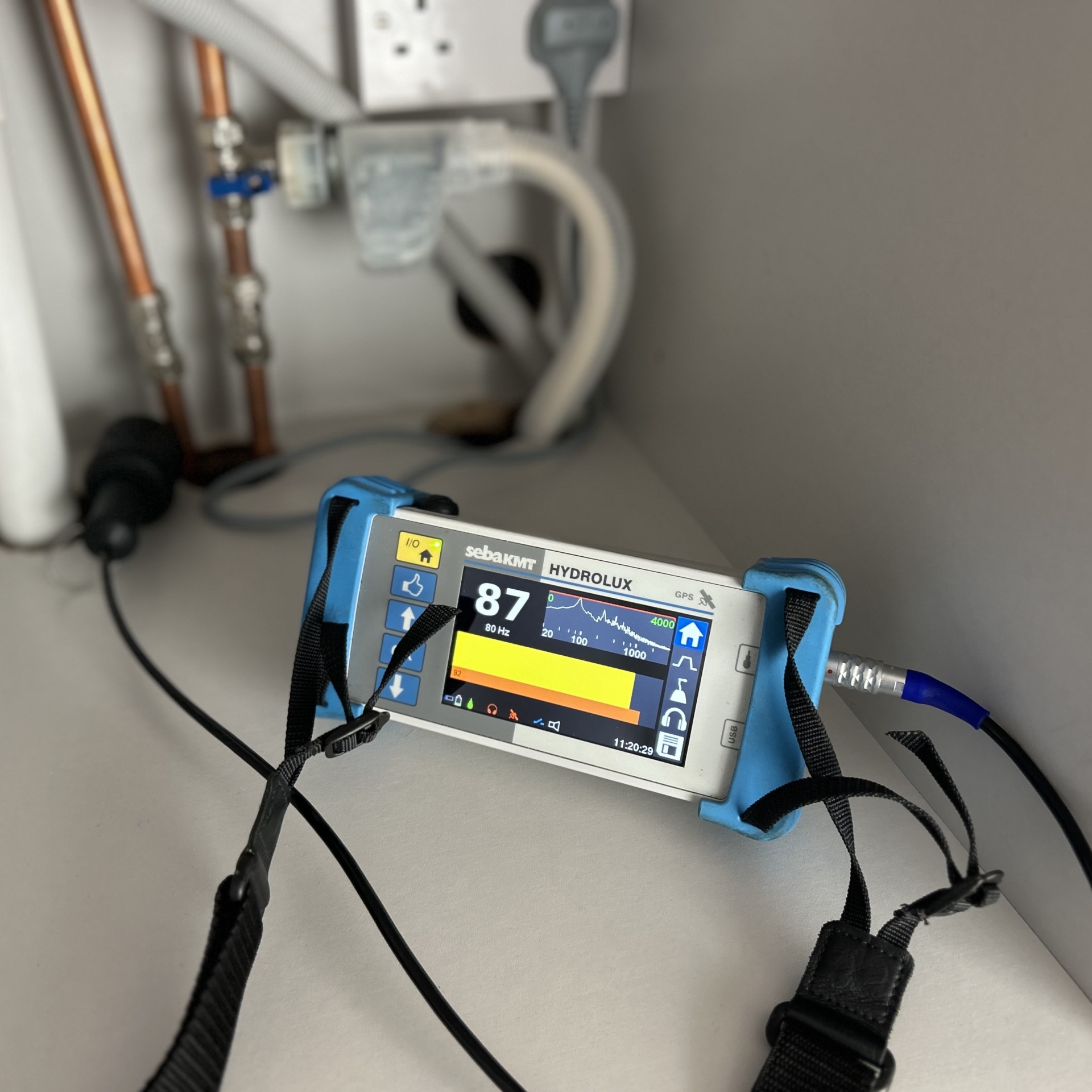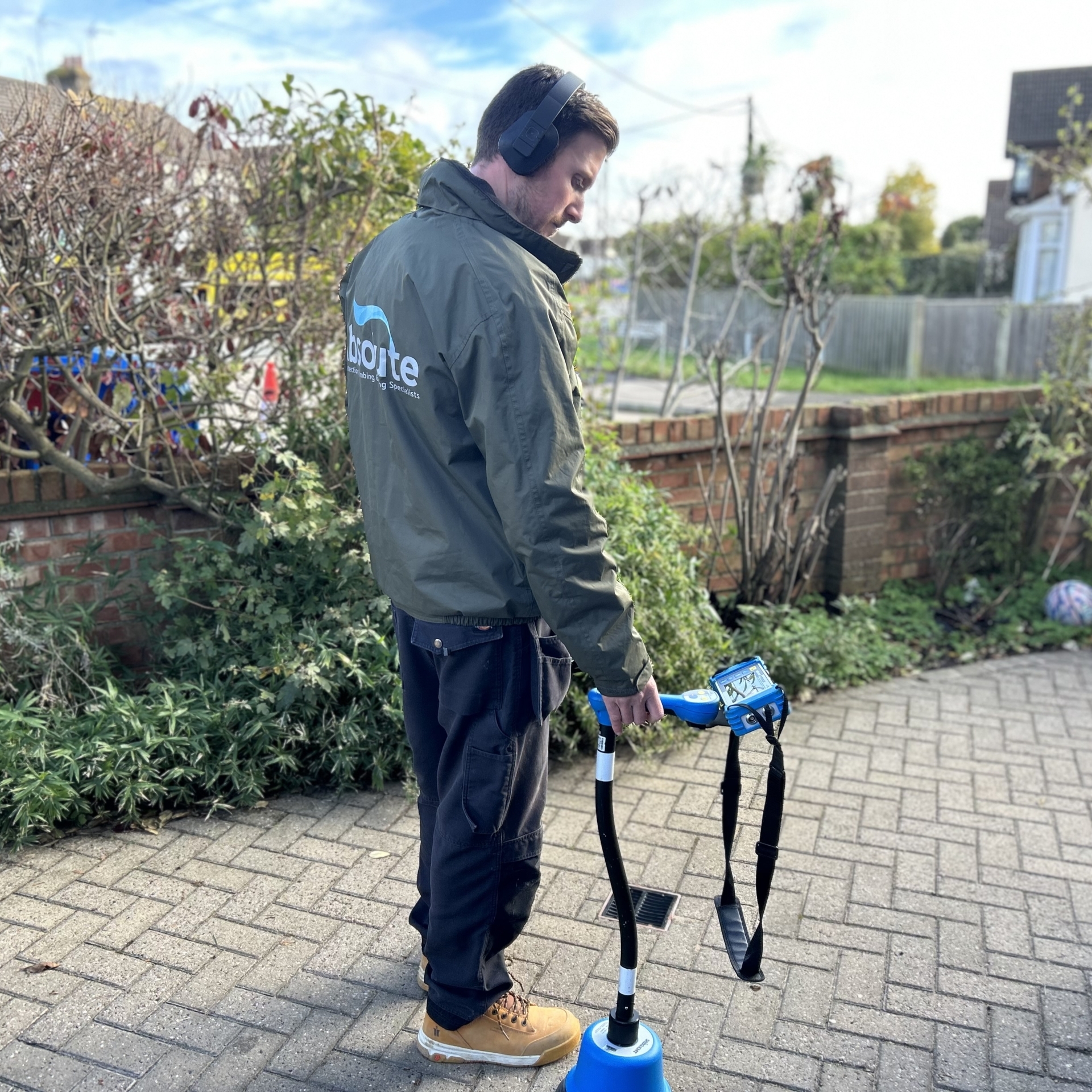A little bit about us.
Water supply replacement.
Basildon homeowners and businesses alike rely on our trenchless moling services to install or repair pipes without disturbing landscaping or daily operations. Operating across Essex and the southeast of England, we provide comprehensive water supply replacement services. Get started with a free quote for your lead pipe replacement by reaching out to our team today!
If your water supply pipe was installed before 1970, there is a strong possibility that it is composed of lead. Over the years, it has been established that lead water supply pipes can lead to various health problems, making it essential to replace them with safer alternatives.
At Absolute Leak Detection, our team is fully trained and experienced in lead pipe replacement services, ensuring that your home or business is safeguarded from potential health hazards. We understand the importance of a clean water supply for your family, which is why we use the latest techniques and equipment to provide fast, efficient, and cost-effective solutions.
Water Pipe Moling
Moling avoids the need to dig a trench. We can renew or re-route water supply pipes if there is a leak underneath your property or in an area of difficulty for a repair to be carried out.
Using this method, a long trench isn’t required, and only two holes are needed, depending on the distance of the supply.
This method reduces the chance of damage to ground surfaces and saves a lot of disruption for the customer.
The number of excavations required depends on the length of the water supply or the distance to the point of entry to the property of the water supply.
All types of surface covering will be reinstated after works are completed to a high standard, whether it be tarmac, concrete, block pavers, crazy paving, paving slabs, or turf.


Our specialist drainage service.
What is Moling.
Moling is a trenchless method used to lay pipes. A pneumatically-driven machine known as a mole forces its way through the soil along the desired path of the pipe.
The standard approach to moling is to dig a hole about 1 m square and 800mm deep for water supply pipe regulations and freezing conditions.
Such a hole is small enough that it can be dug by hand rather than by a machine in inaccessible locations.
The mole is then entered into the earth on the horizontal face at the bottom of this hole. A destination hole of similar proportions is also dug, and this is where the mole emerges.
The mole itself is a steel cylinder about 60 cm long and 6 cm in diameter. It works as a pneumatic cylinder with pulsed compressed air causing the head of the mole to repeatedly hammer against the soil in front of the mole.
Once the mole has passed through the earth the pipe can be pulled through the long horizontal hole.
We Cover All Of Essex.
Including the following.
Moling Services In Colchester >
Moling Services In Saffron Walden >
Moling Services In Shoeburyness >
Moling Services In South Woodham Ferrers >
Moling Services In Southend On Sea >
Moling Services In Uttlesford >
Moling Services In Leigh-On-Sea >
Moling Services In Billericay >
Moling Services In Waltham Abbey >
Moling Services In Westcliff-on-sea >
Moling Services In Braintree >
Moling Services In Brentwood >
Moling Services In Canvey Island >

